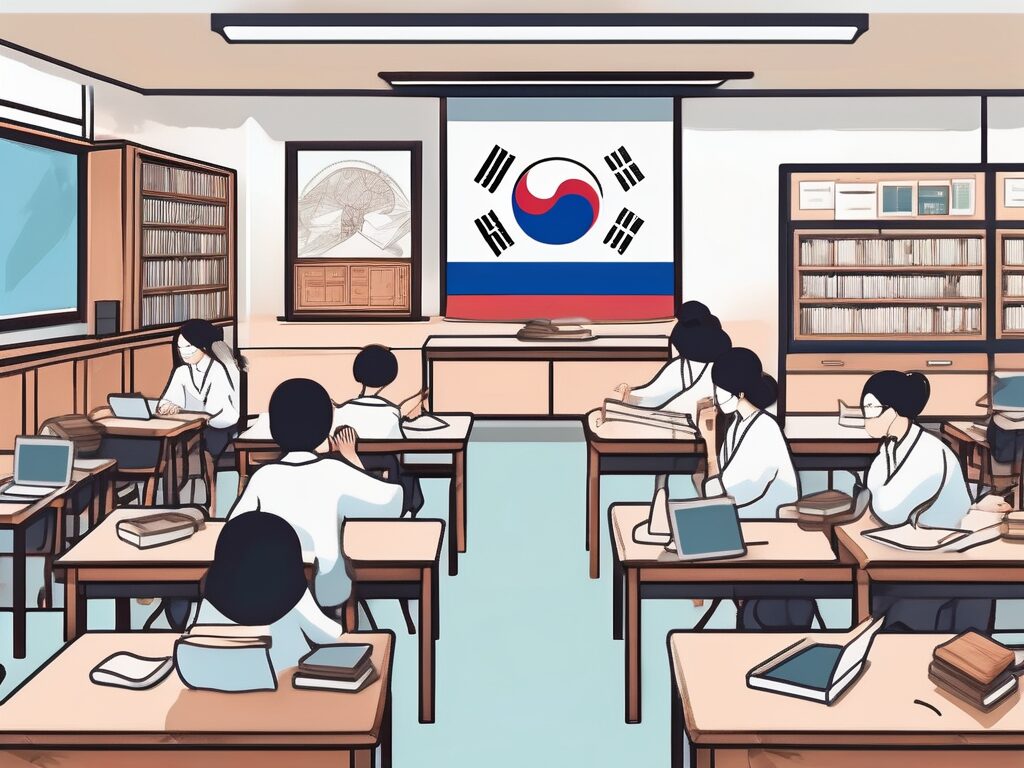10 Student Engagement Techniques from South Korea for 2025
South Korea, often referred to as the ‘Land of the Morning Calm’, is renowned for its exceptional educational standards and remarkable student outcomes. The South Korean education system has garnered global attention, particularly for its innovative student engagement techniques. This guide explores ten distinctive strategies employed in South Korea that effectively enhance student engagement and motivation in the learning process.
The Significance of Student Engagement
Understanding the importance of student engagement is paramount for educators. Engagement serves as a cornerstone of effective learning. When students are actively involved in their education, they are more likely to absorb and retain information. This phenomenon can be likened to a sponge absorbing water; the more engaged a student is, the greater the knowledge retention.
Moreover, engaged students are more inclined to cultivate a passion for learning, which can lead to lifelong educational pursuits. This is akin to nurturing a child’s interest in a sport; once the enthusiasm is ignited, it often persists throughout their life.
Distinctive Techniques for Student Engagement in South Korea
The South Korean education system employs a variety of techniques that have proven effective in fostering student engagement. These methods range from traditional practices to innovative approaches, all contributing to the country’s impressive educational performance.
1. Emphasis on Collaborative Learning
A prevalent technique in South Korean classrooms is collaborative learning. Students are frequently assigned tasks to complete in small groups, promoting teamwork and communication. This approach mirrors a sports team working cohesively to achieve a common goal; each member plays a vital role, and success is attained through collective effort.
Collaborative learning not only enhances comprehension through peer discussion but also fosters a sense of community and belonging, significantly boosting student engagement and motivation.
2. Integration of Advanced Technology
As one of the most technologically advanced nations, South Korea incorporates cutting-edge technology into its education system. Classrooms are often equipped with smartboards and tablets, utilized to create interactive and engaging lessons.
For instance, a history lesson may allow students to virtually explore historical sites, while a science class could enable them to conduct experiments in a simulated environment. Such immersive learning experiences can significantly enhance student engagement, making lessons more dynamic and memorable.
3. Continuous Feedback Mechanisms
Regular feedback is another critical technique employed in South Korean classrooms. Educators consistently provide constructive feedback on student work, enabling learners to identify their strengths and areas for improvement.
This feedback process is reciprocal; students are encouraged to offer feedback to their teachers and peers. This open dialogue cultivates a supportive learning environment where students feel valued and acknowledged, akin to a productive conversation where all parties engage and learn from one another.
Addressing Challenges in Student Engagement
Despite its effectiveness, South Korea’s education system faces challenges, particularly concerning high levels of pressure and competition, which can lead to student stress and burnout. However, the country is actively implementing strategies to mitigate these issues.
4. Strategies for Reducing Academic Pressure
To alleviate student pressure, South Korea has introduced policies aimed at limiting study hours and promoting balanced lifestyles. This initiative is comparable to corporate strategies that prioritize employee well-being to prevent burnout.
These policies ensure that students have adequate time for rest and leisure, which can help sustain engagement by preventing exhaustion and fostering a more positive outlook on learning.
5. Promotion of Creativity and Critical Thinking
Another challenge is the traditional emphasis on rote memorization, which can stifle creativity and critical thinking. In response, South Korea is increasingly adopting project-based learning and other methodologies that encourage these essential skills.
Envision a classroom where students engage in projects that require innovative thinking and problem-solving, rather than merely memorizing facts. This approach not only enhances engagement but also leads to a deeper understanding of the subject matter.
Conclusion
In summary, South Korea’s education system provides valuable insights into effective student engagement techniques. From collaborative learning and technology integration to continuous feedback and pressure reduction strategies, these methods can be adapted and implemented in educational settings worldwide to improve student engagement and learning outcomes.
While challenges persist, South Korea’s dedication to enhancing its education system and fostering a love for learning among students is commendable. It serves as a reminder that student engagement is a multifaceted process that necessitates ongoing adaptation and innovation.
Enhance Your Teaching Career with IPGCE
As you consider the innovative student engagement techniques from South Korea, reflect on the opportunity to elevate your teaching credentials with IPGCE. This program offers a pathway to overcome stringent qualification barriers and limited career advancement. Join a global network of educators, deepen your understanding of international curricula, and advance your professional development while balancing your current commitments. Take the first step towards a more rewarding teaching career and become part of the UK’s leading Teacher Training Course. Join now and unlock your potential as an educator on the international stage.

